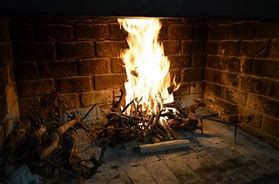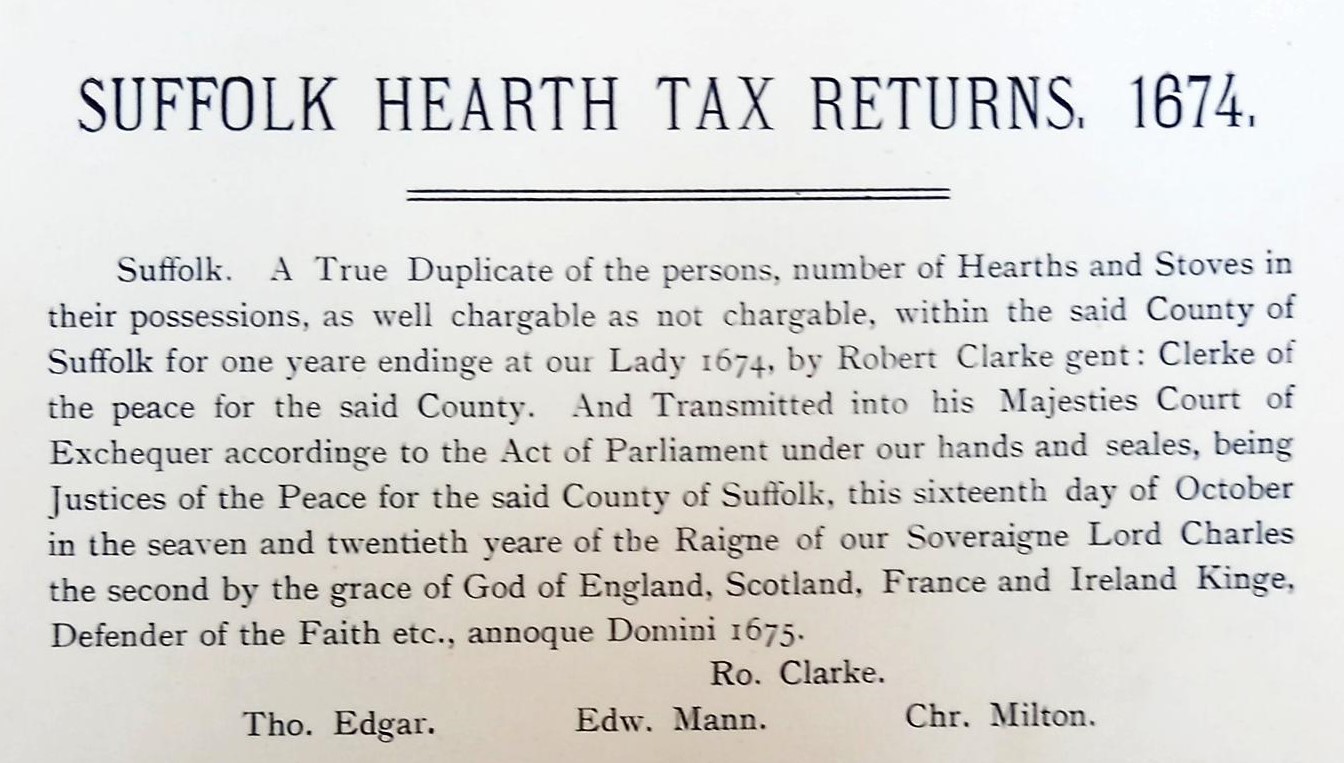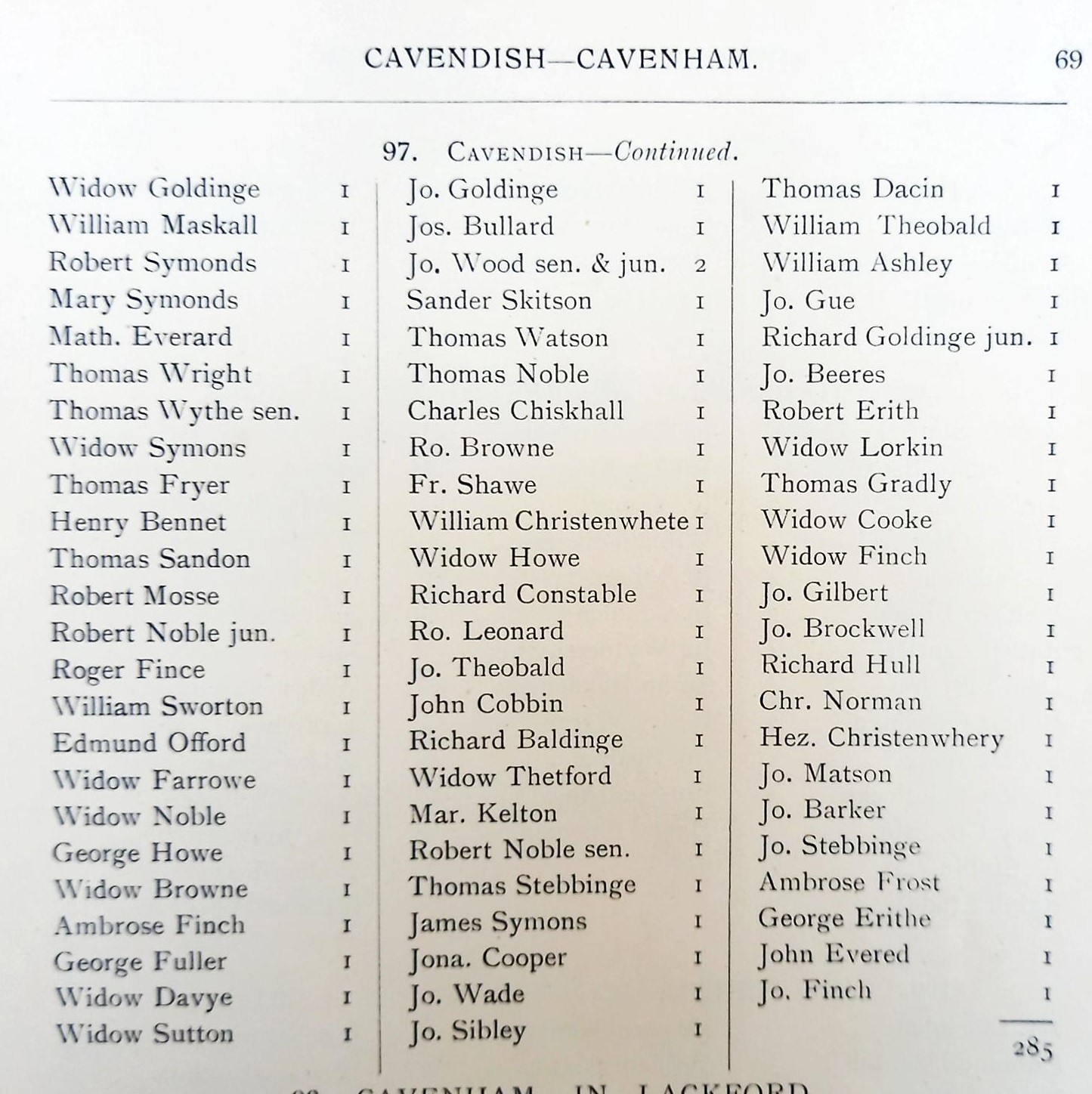The hearth tax

hearth tax
This topic seems so appropriate in these economic times of high central heating costs and poorly insulated housing stock!. We have found a source for our oldest records on the People Collection.
But first, what is a ‘hearth’? A hearth is is either the surround of a fireplace or the footprint of a fireplace.
What is hearth tax? A hearth tax was a levy on the population based on the number of hearths in a property. The number of hearths in a property being an indication of the wealth of an individual. It was levied in certain countries in the medieval and later periods. Other names for this tax were hearth money, chimney tax or chimney money.

chimney tax
1662 England
The hearth tax was officially imposed on the English in 1662. The levy was designed to support the expenses of Charles II following the restoration of the monarchy, after the English civil war. Back in 1662 it was deemed easier to count hearths than people for taxation purposes.
In the UK in the 1980s a tax based on the number of people living in a property was introduced, disliked and became known as the ‘poll tax’. Sounds familiar to anyone around in the 1980s!
The payment was two shillings for every hearth or stove in a property paid in two instalments on 29 September and 25 March. The tax initially did not take notice of the difference between owner and occupier but was amended to tax just the occupier.
There were no exemptions. There was a later change to include exemptions, so the poor were not hit so badly.
The initial collection of tax didn’t generate enough for the royal household. So, in 1663 more details was required and this provides local historians with very useful documentation of who lived in a town or village.
1674 Suffolk hearth tax returns
Below are extracts from the 1674 Suffolk Hearth Tax returns (apologies for the focus). Some of the surnames listed in Cavendish in 1674 are still present in the village and surrounding area, three centuries later!

Other taxes
Perhaps at some time in the future we will explore the taxes on beards, the powder for wigs, or the window tax. Margaret Thatcher’s Poll Tax might just be a step too far and too close!

